A reliable commercial weight bench is one of the most fundamental pieces of equipment in any professional training facility. Whether you're managing a gym, outfitting a strength training center, or upgrading your personal training studio, the quality and design of your benches directly influence your clients' safety, comfort, and training outcomes.
Among the most widely used are the commercial flat bench and the commercial incline decline bench, each serving distinct functions in strength development. But how do you choose the right one—or determine how many of each to provide?
Why Bench Quality Matters in a Commercial Setting
Unlike home gym equipment, commercial-grade benches are built to withstand high-frequency use and heavier loads. Structural integrity, padding durability, frame stability, and weight capacity are not just features—they’re non-negotiable standards. Commercial benches also require versatile adjustability and ergonomic design to accommodate users of different sizes and training levels.
Poor-quality benches can lead to injuries, damaged flooring, and frustrated members. On the flip side, investing in dependable equipment pays off in long-term performance, minimal maintenance, and a better overall training experience.
The Commercial Flat Bench: A Staple for Foundational Lifts
The commercial flat bench is the gold standard for classic pressing movements. Flat bench presses, dumbbell rows, triceps extensions, and core work are just a few examples of its versatility.
What sets a true commercial flat bench apart is its minimal flex under heavy load, dense foam padding for joint protection, and a low profile for natural pressing mechanics. For powerlifters or general strength training, this bench should be a foundational piece in your layout.
When evaluating flat benches, look for:
-
Steel frames with thick-gauge tubing
-
Wide feet or rubber caps to ensure stability
-
High-density foam padding that maintains shape
-
A weight rating above 1,000 lbs for barbell work
The Commercial Incline Decline Bench: Versatility Meets Targeted Muscle Work
Incline and decline benches open up a new level of training specificity. A commercial incline decline bench provides adjustable back and seat angles that allow users to target different areas of the chest, shoulders, and core.
The incline setting emphasizes the upper chest and anterior deltoids, while the decline angle helps focus on the lower chest and enhances abdominal engagement during decline sit-ups or presses.
For a bench to be worthy of commercial use, it must allow for quick, secure adjustments and resist wobbling or shifting under load. Additional considerations include:
-
Locking leg rollers for stability during decline use
-
Clearly numbered angle positions for quick setup
-
A transport handle and wheels for ease of movement
-
Upholstery resistant to cracking or excessive wear
Balancing Flat and Adjustable Benches in Your Space
While a flat bench is irreplaceable for certain lifts, most modern commercial gyms benefit from incorporating both fixed and adjustable benches. Ideally, a combination of commercial flat benches for heavy barbell work and commercial incline decline benches for accessory and dumbbell training offers the best balance of function and user appeal.
If space is limited, a few high-quality adjustable benches may offer better value than several single-use units. However, in powerlifting or strength-specific gyms, fixed flat benches are still the go-to for max-effort lifts due to their rigidity.
Final Thoughts
No gym is complete without benches that match the demands of serious lifters and everyday users alike. The choice between a commercial flat bench and a commercial incline decline bench comes down to your training environment, client base, and how you prioritize versatility versus specialization.
In a competitive fitness market, durability, safety, and user satisfaction aren't optional—they’re what set great gyms apart. A thoughtfully selected weight bench is more than a piece of metal and foam. It’s a platform where progress happens—rep by rep, day after day.







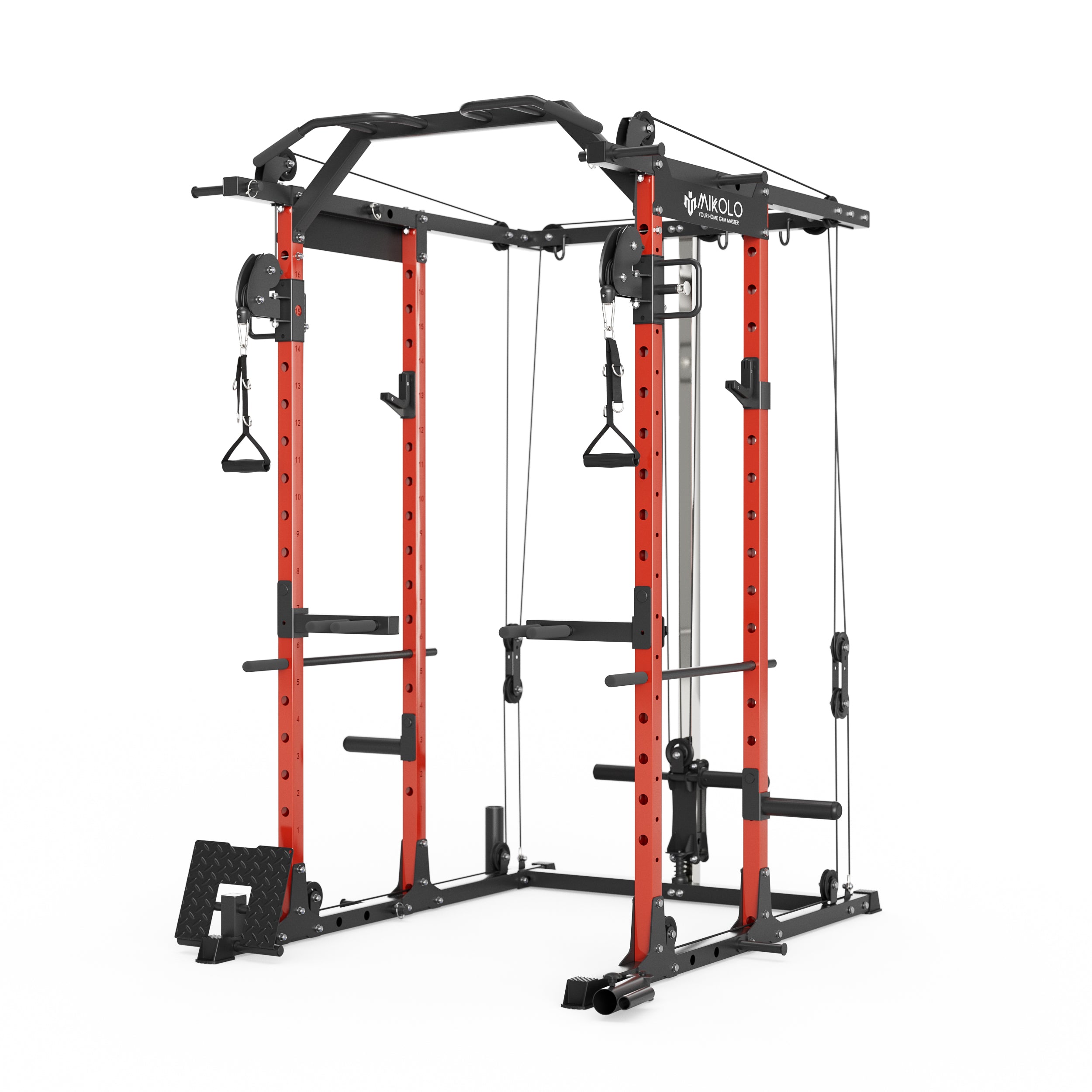
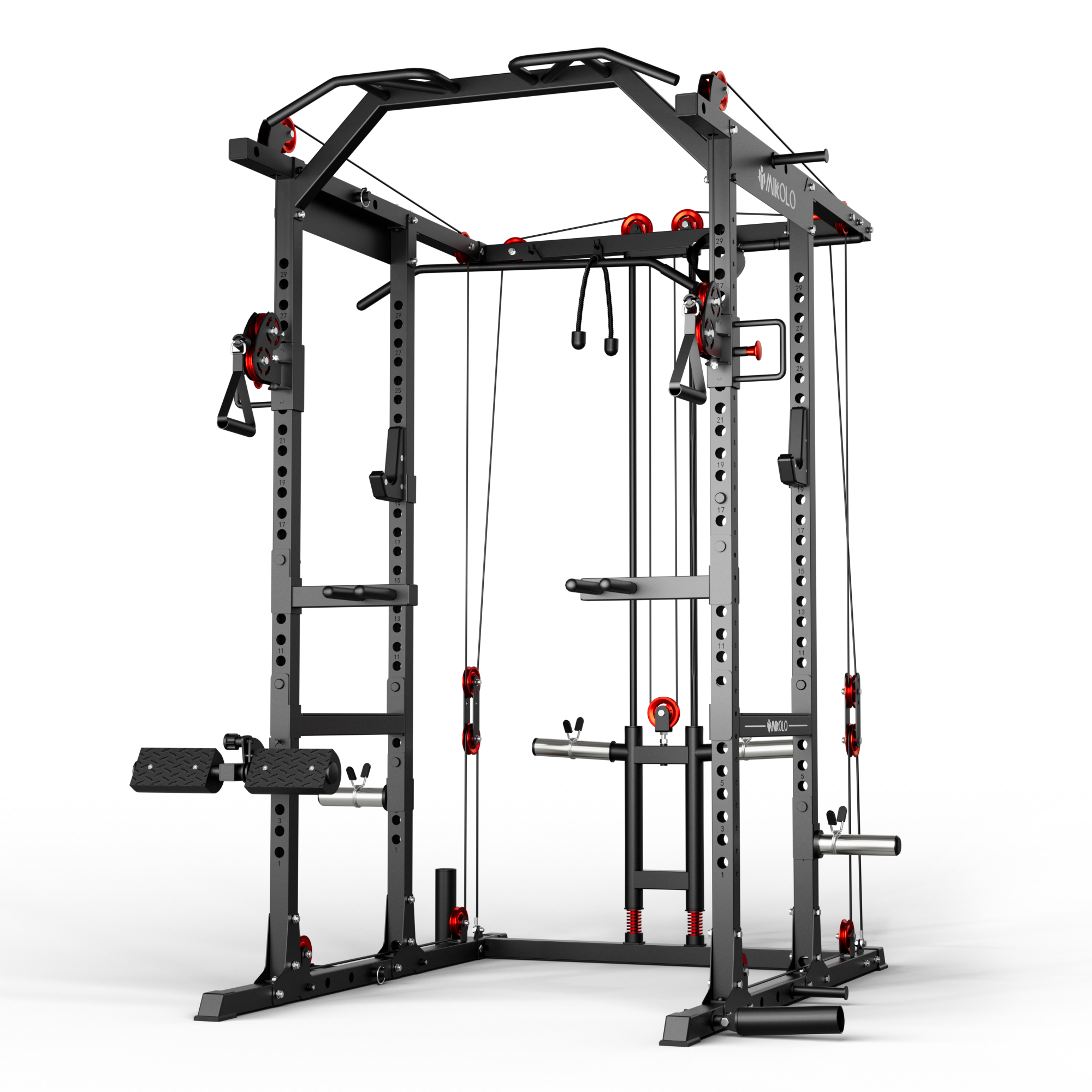

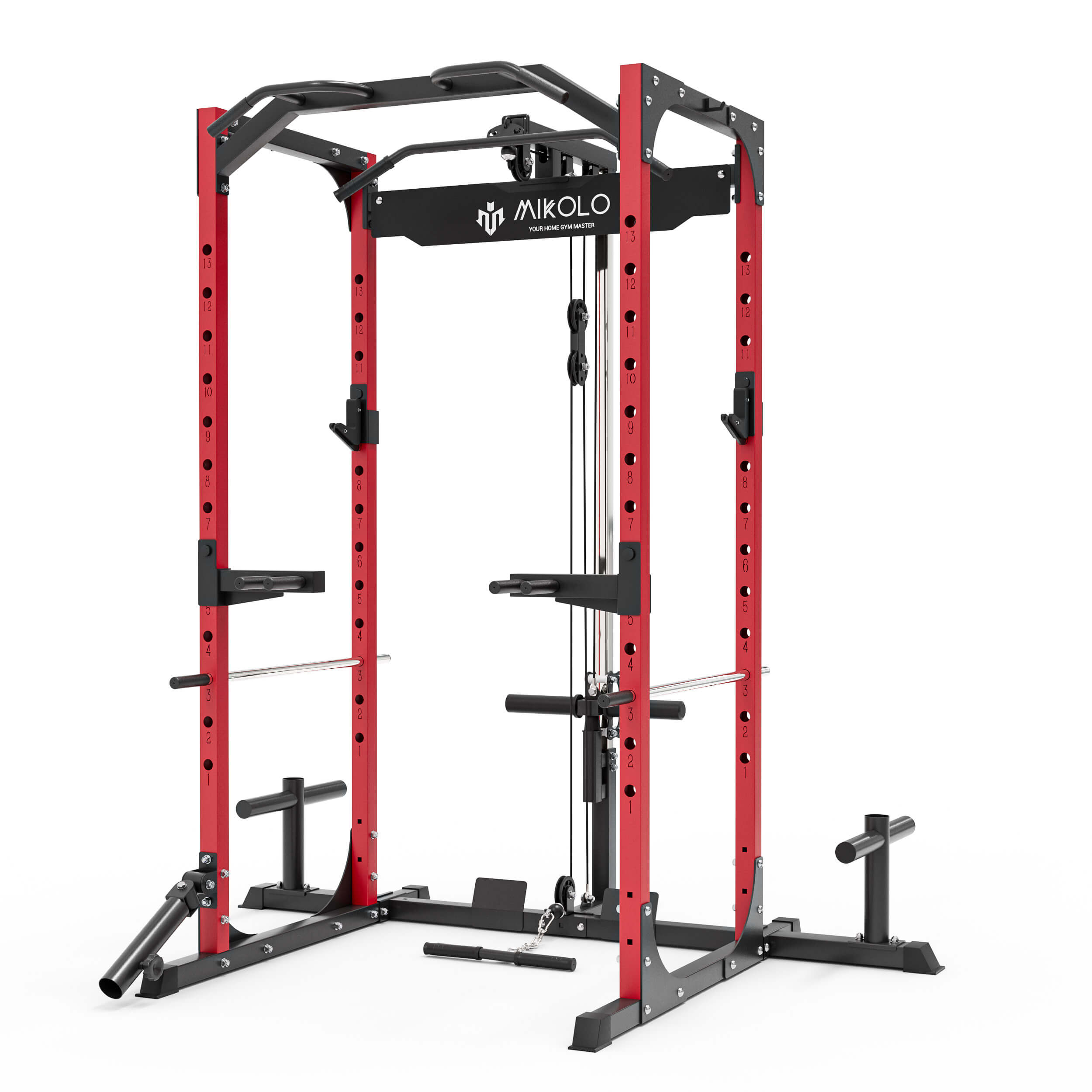



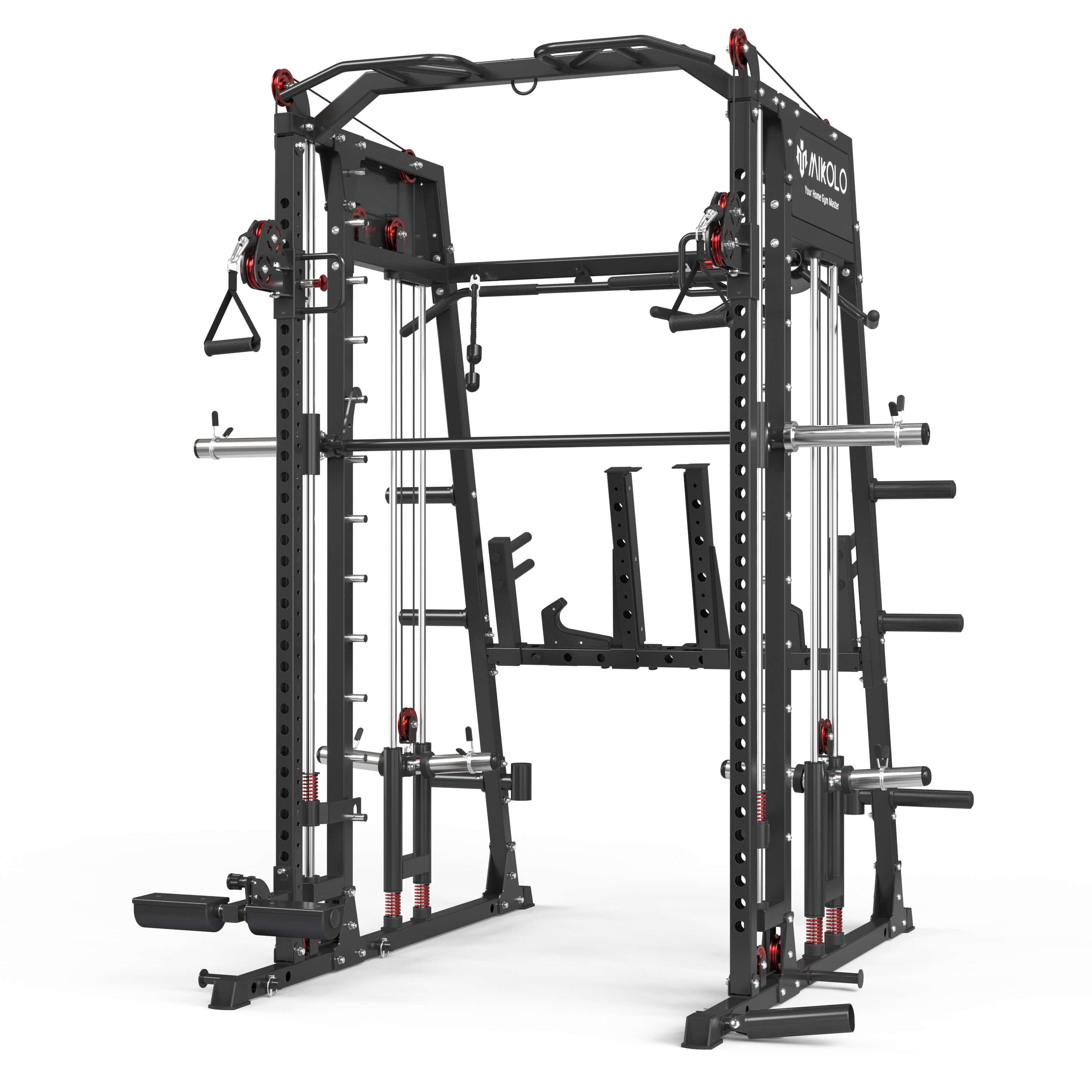


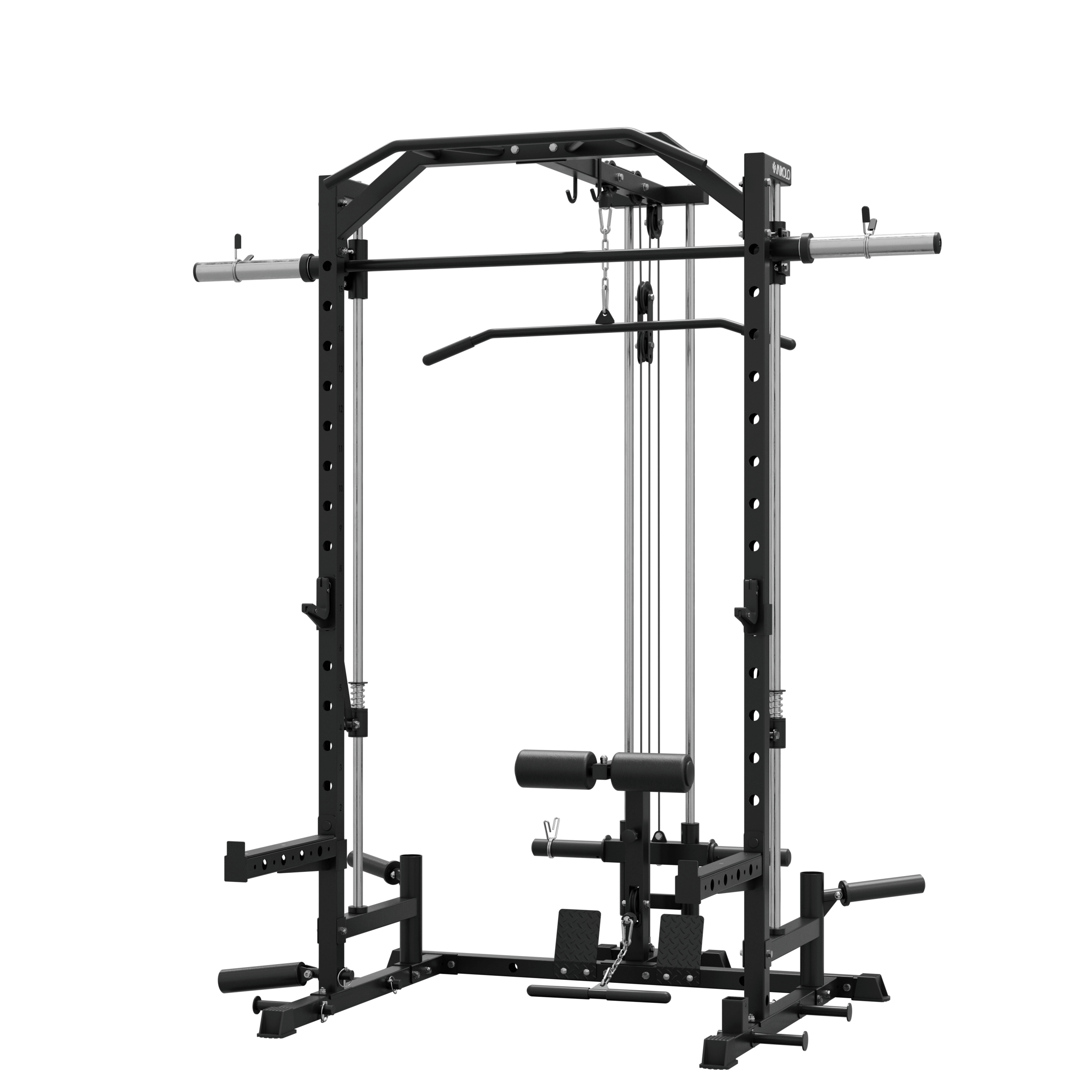
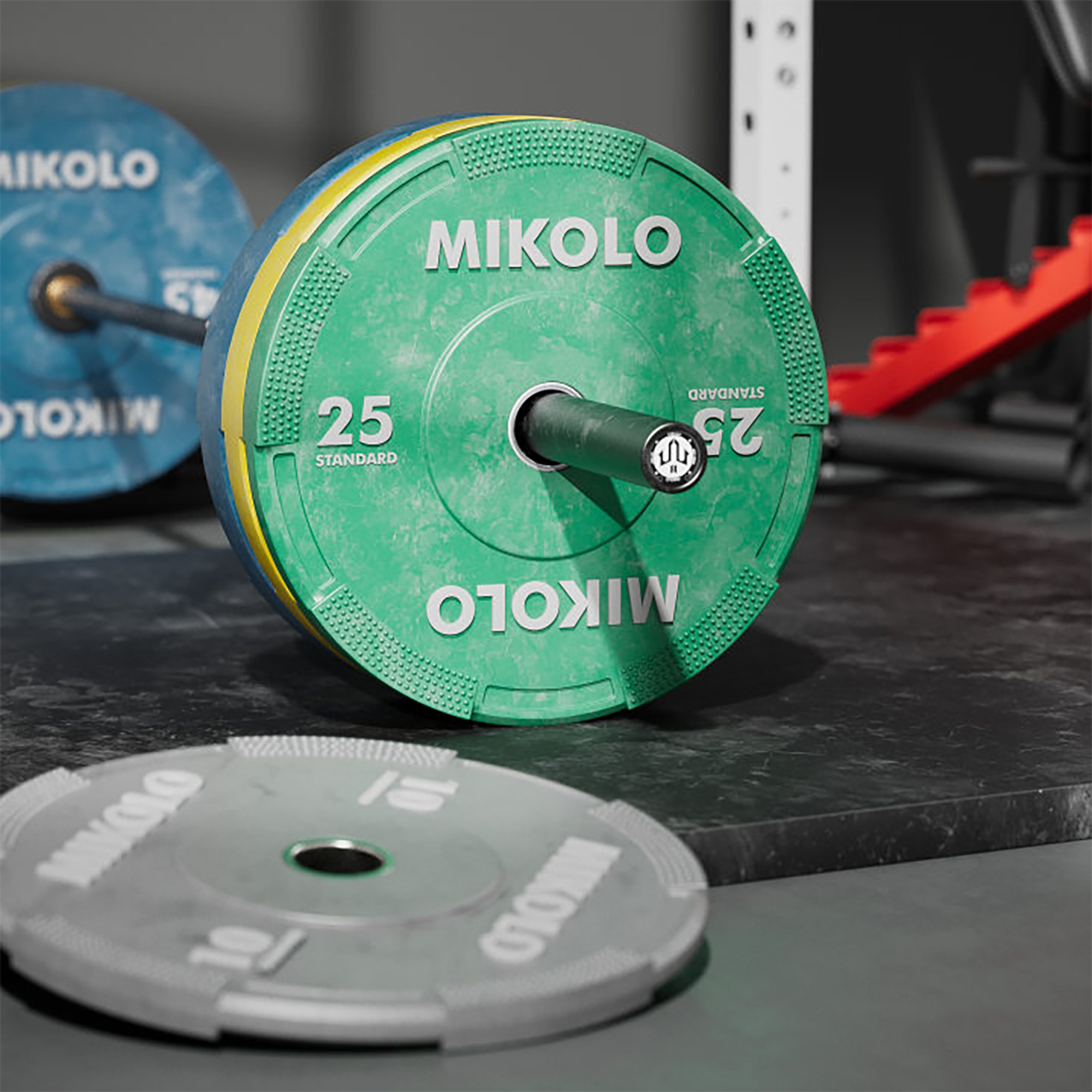






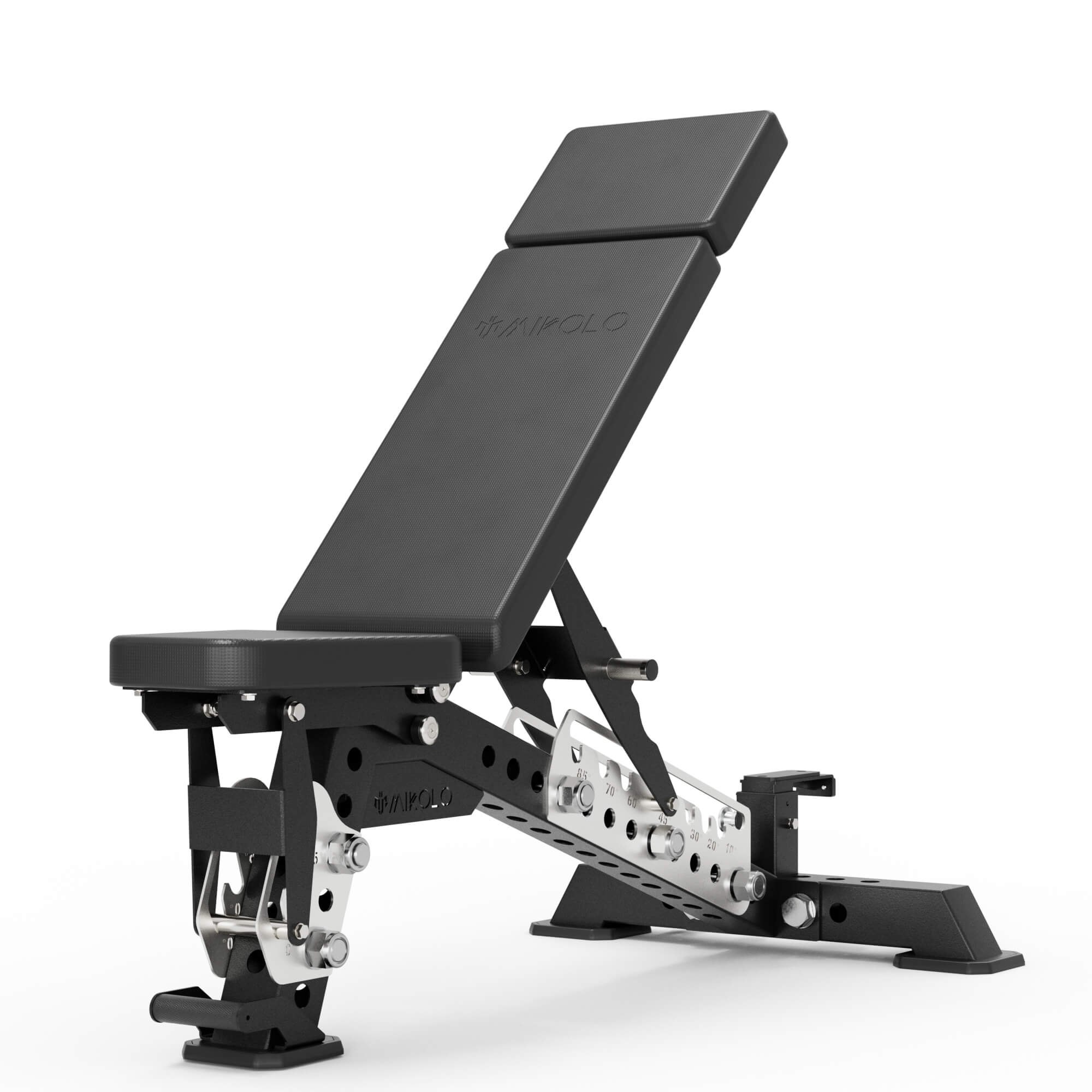
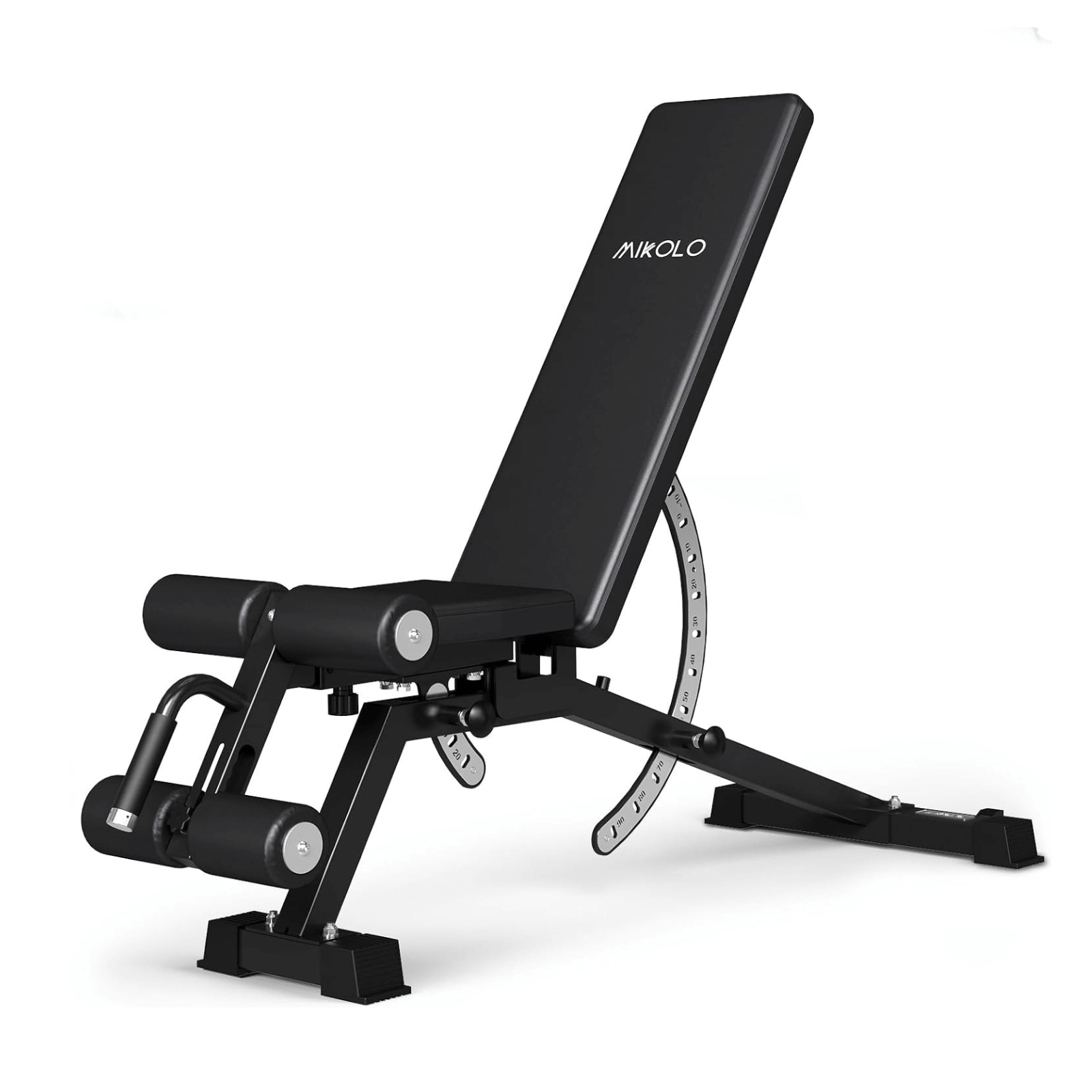




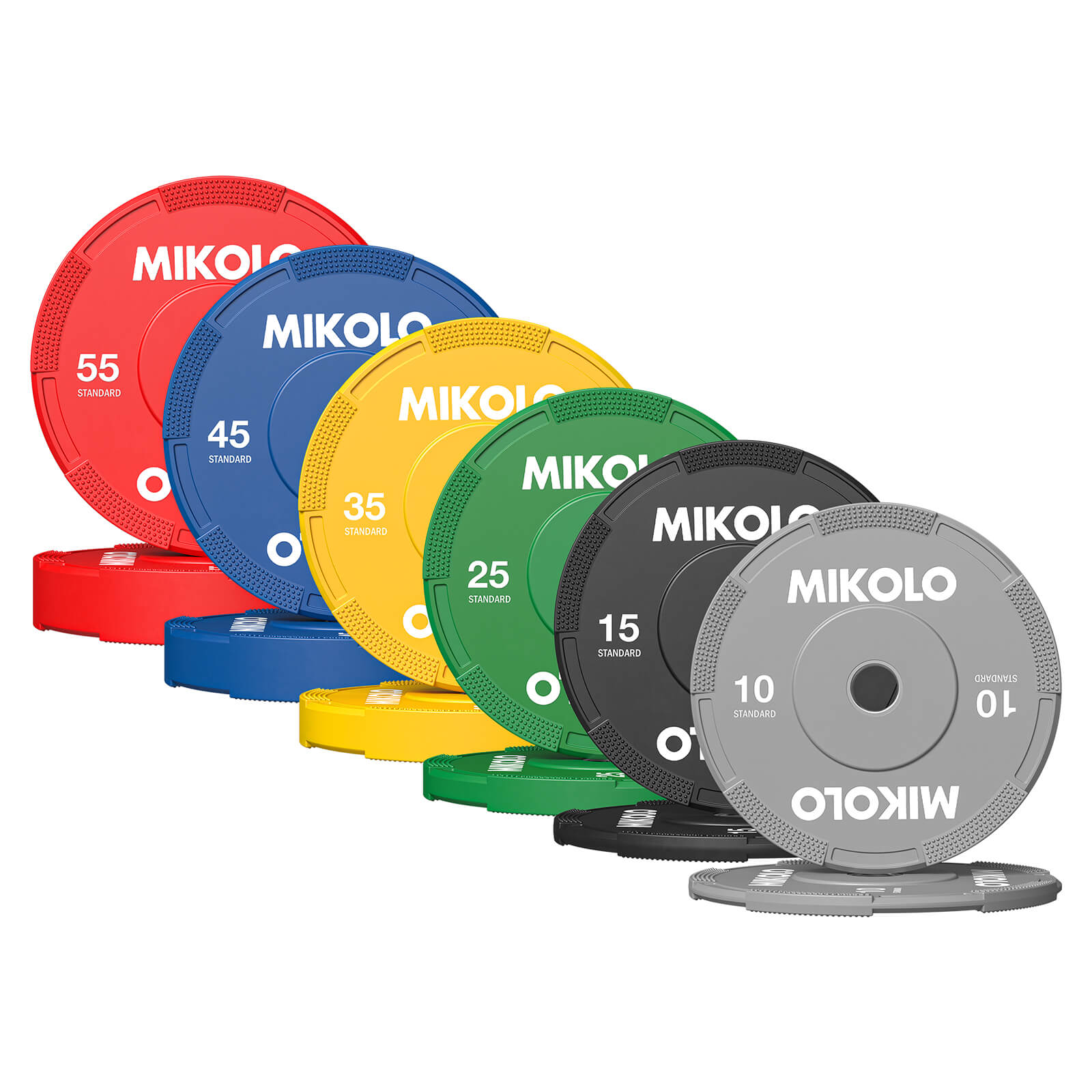
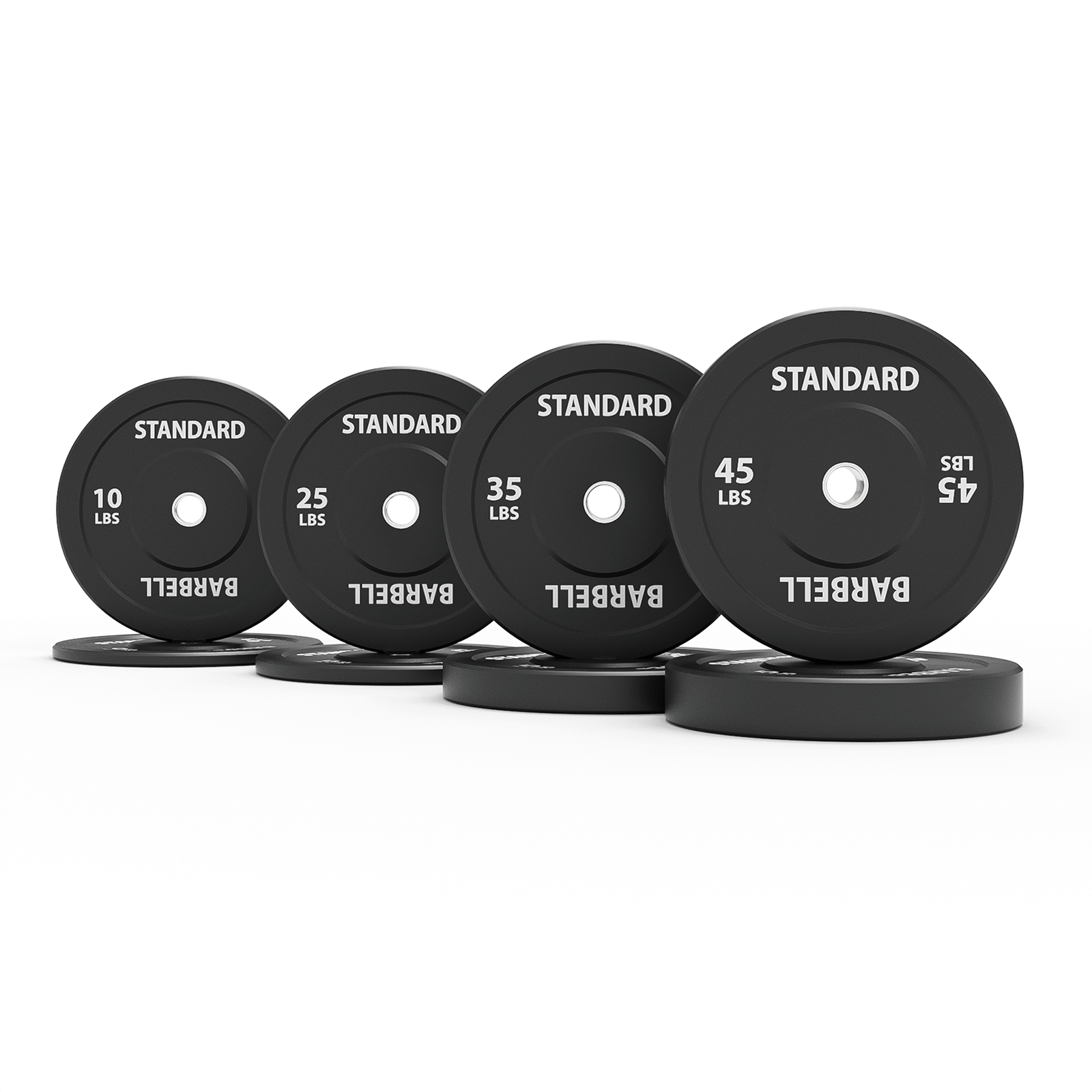
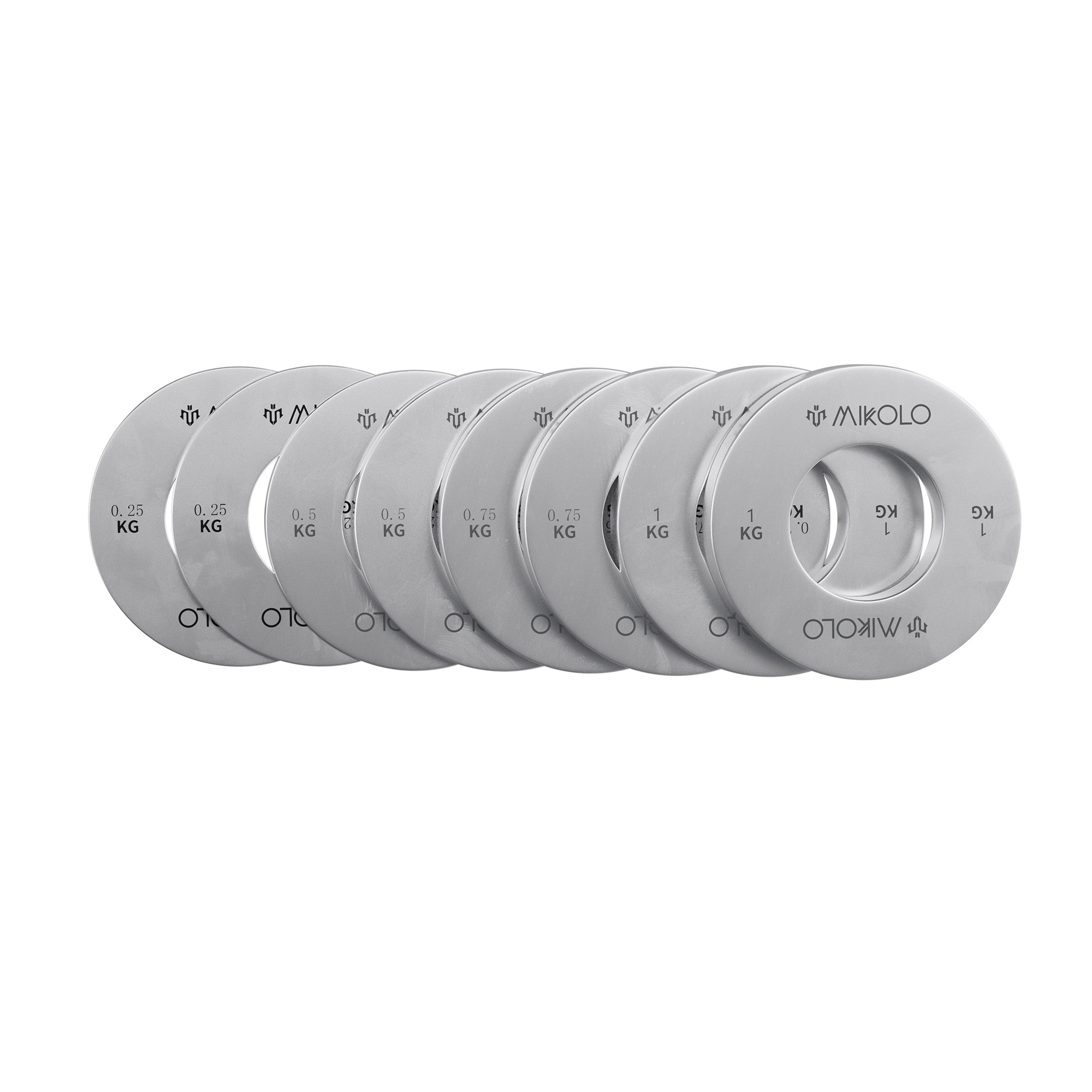
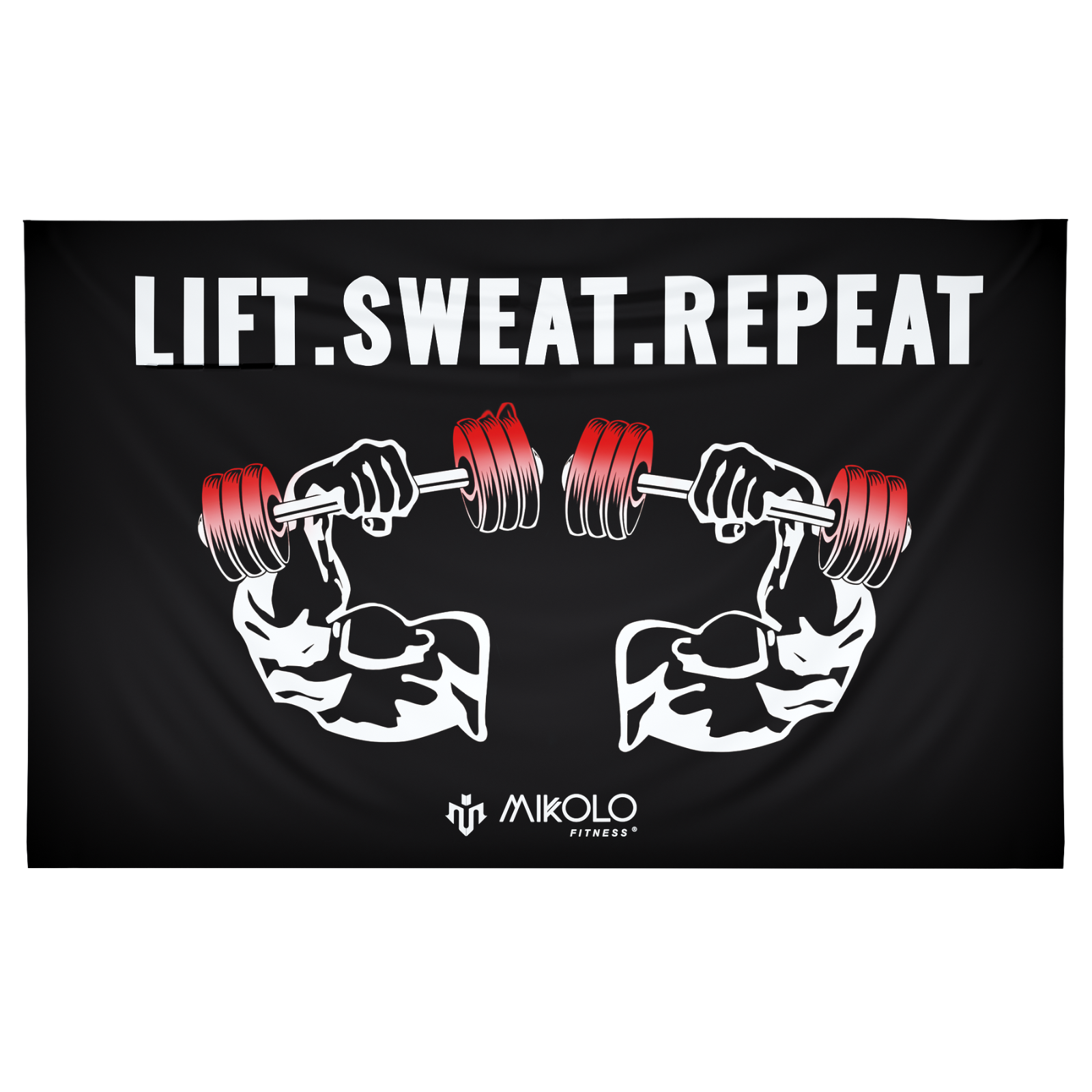
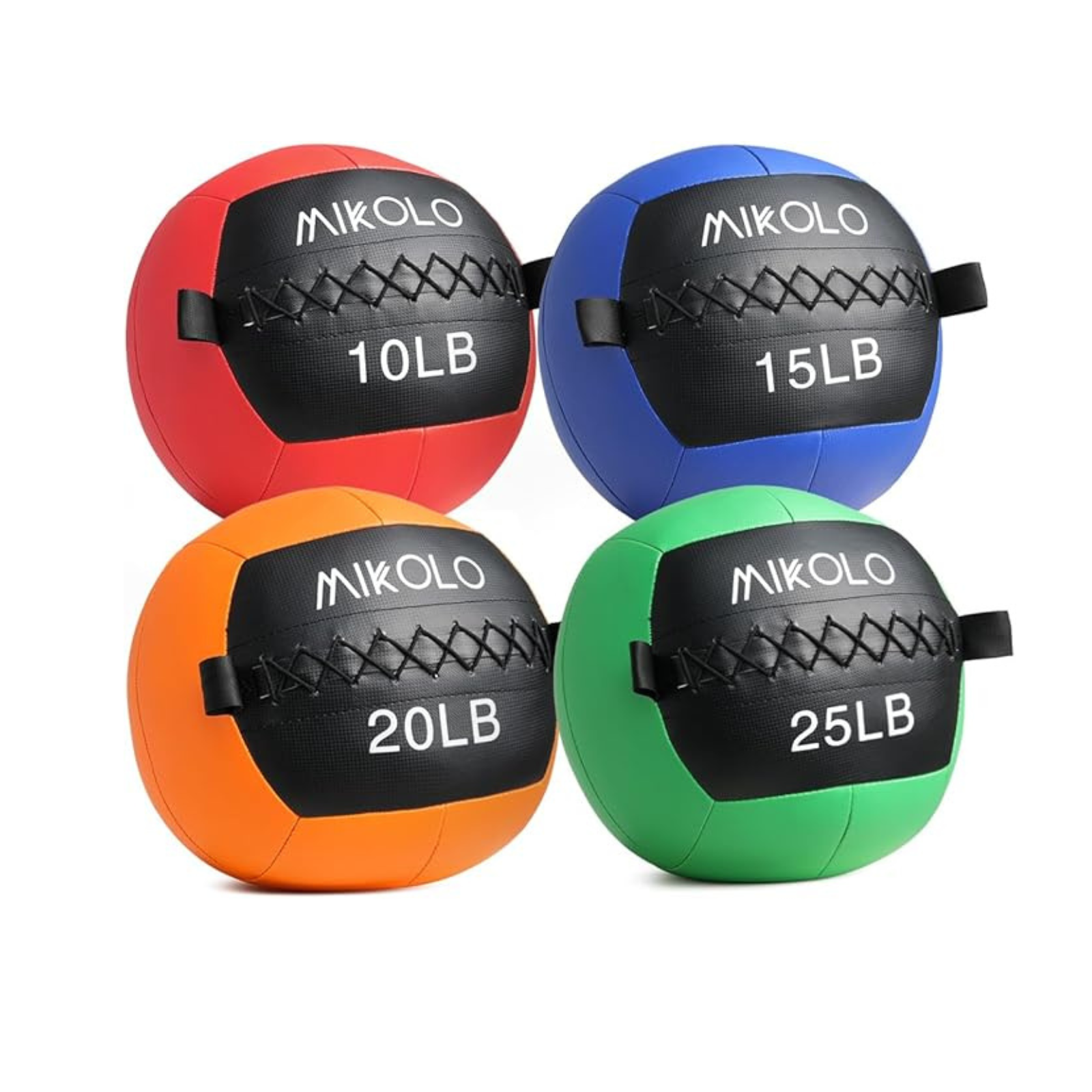
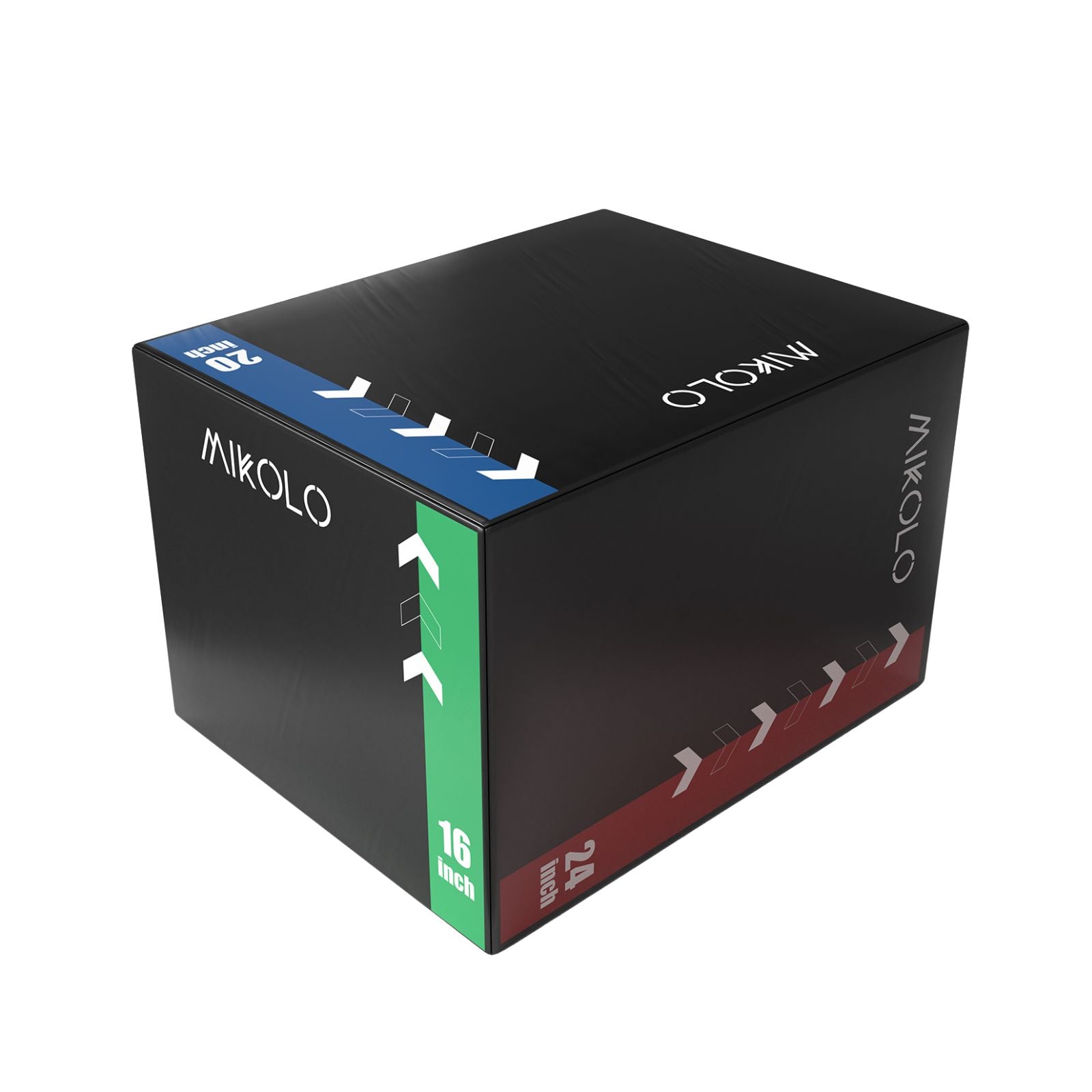

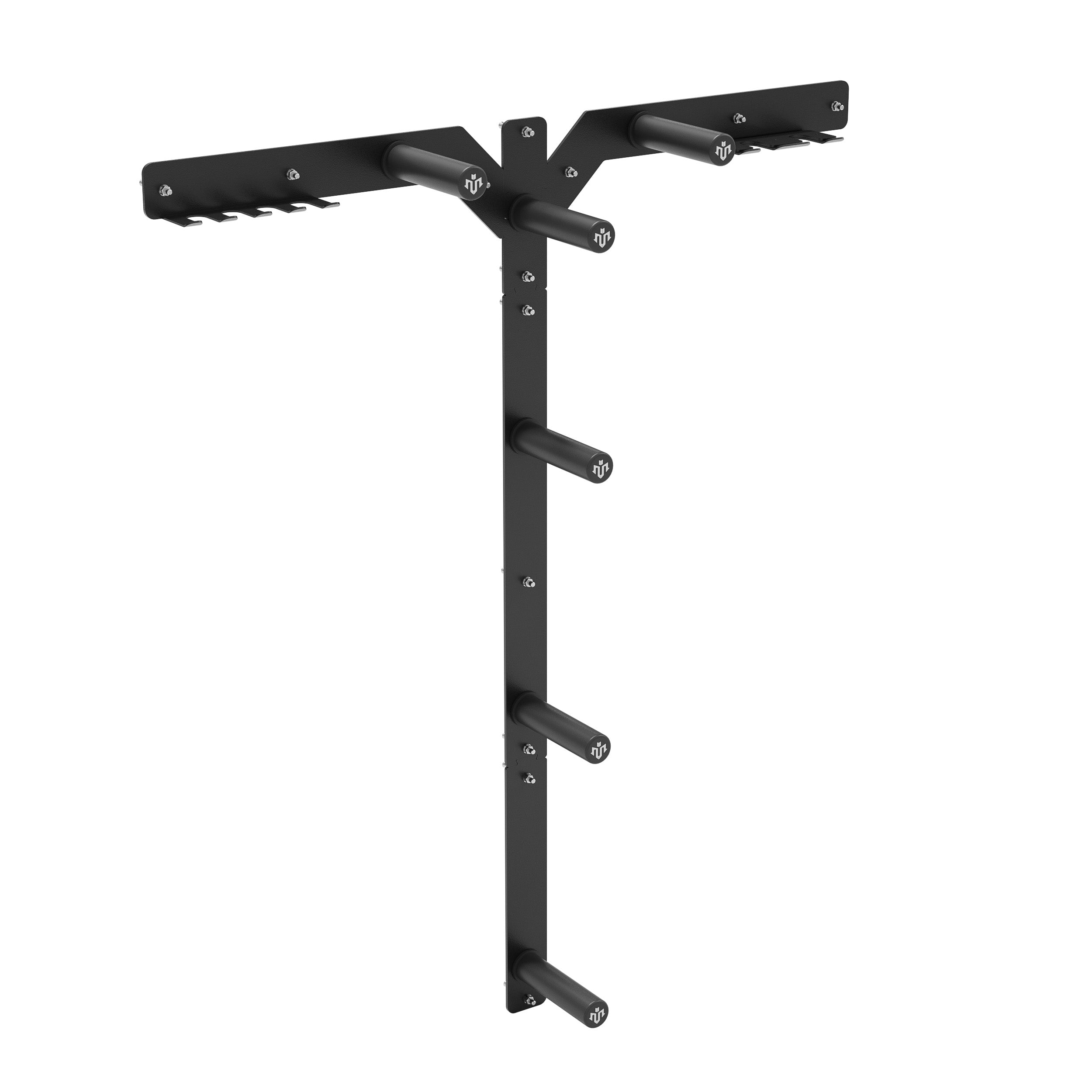




Leave a comment
This site is protected by hCaptcha and the hCaptcha Privacy Policy and Terms of Service apply.